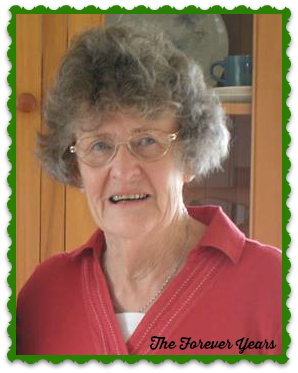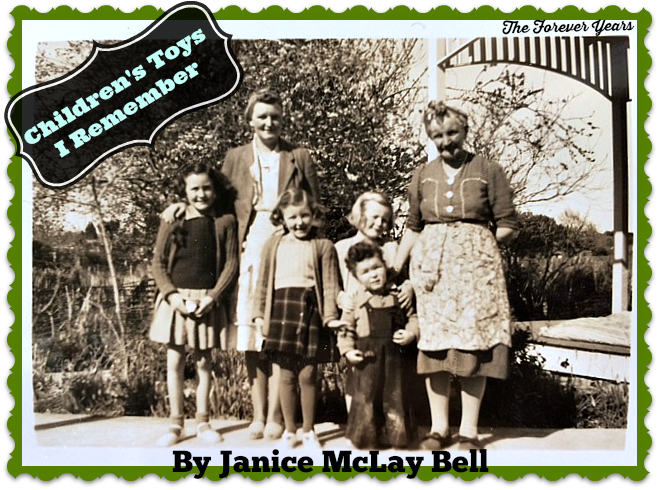
Article by Kirsteen McLay-Knopp
Our eldest son, age 9, wrote this poem for ANZAC Day. He just wrote it off his own bat during the school holidays, it wasn’t something he had to do in class at school, although they have been learning about ANZAC Day. We’ve also talked about ANZAC Day (and war in general) and read some stories at home and our three boys are going to be part of the “dawn parade” (in their keas and cubs groups) on 25th April. The photo below is of our ancestor Peter McLay who was killed in France in 1918 (First World War– he was my Grandad’s Uncle).

The World War One generation are, then, the great-great grandparents’ generation for our children. It’s amazing, however, how kids can still relate to what happened so long ago and how these days, through media, we can make history come alive. Boys in particular, I’ve noticed, often have a sense of war as “glorious and exciting”. I like that we can show our children what things were really like: that there were certainly heroes and incredible acts of sacrifice and bravery, but that there was also terrible loss of life, that many of those who died were very young and, as well as being killed by the enemy, there were deaths from disease, infected wounds, hypothermia and other non-combat related incidents.
I know there are people out there who believe we shouldn’t teach our children about war and who object to the extent to which ANZAC Day has now become a “popular event”, some might say almost a “festival”, in Australia and New Zealand (and it is, indeed, a national holiday in both countries). When I was a child (1970s and 80s), I remember people selling poppies and there being “dawn parades” and special church services on ANZAC Day, but now it’s common for whole families (even with very young children) to attend the “dawn parade” and schools teach about the ANZACs and both world wars (as well as other conflicts such as those in Korea, Vietnam and the Gulf) in detail. Some of this is, obviously, because 2014 marked 100 years since the beginning of the First World War. ANZAC Day 2015 marks 100 years since the beginning of the “Gallipoli Campaign”, (also known as the Dardanelles Campaign, the Battle of Gallipoli or the Battle of Çanakkale), between 25 April 1915 and 9 January 1916, in which large numbers of Australian and New Zealand soldiers (ANZACs) fell. The Centennial Anniversaries, then, have drawn more interest to and highlighted an awareness of the events that took place.
Another aspect of this is that, as veterans pass away (and many of the World War Two veterans now have, including my maternal grandfather who was an Airforce navigator in Europe), their medals and mementos of their experiences are being poured over with new interest by their descendants– many of whom now wear these with pride at dawn parades and services. Out of love and respect for those now deceased (whether at a young age through war or at a ripe old age many, many years later) we “remember them”.
Personally, I believe our children need to learn about history (the nice and the not so nice aspects of it) for a number of reasons. Firstly, it gives them a sense of belonging and anchors them in their present time and place. (See my article “Tree and Leaf: A Child’s Place in Family and Social History” in “The Forever Years” at the link below).
https://theforeveryears.wordpress.com/2014/09/19/tree-and-leaf-a-childs-place-in-family-and-social-history/
Learning about history also encourages our children to be grateful for what they have now– our children love to hear stories about how kids their own age lived during different periods of history. War effected those “left behind” including the younger siblings of the young men who served, (whether or not the soldiers returned, life was never the same again). We can encourage empathy with questions like “how would you feel if your big brother went to fight in a war?” and generate an understanding of and respect for the enormity of the expectation governments had of civilians, the unspoken understanding that many young men (and some women) would lose their lives.
Giving our kids a sense of their (and humanity’s) history also heightens their understanding of why the world we live in today is the way it is and, hopefully, a healthy respect for this might be conducive to them (as a generation) making carefully considered decisions in the future. A friend told me recently about how her grandfather was unable to serve in the Second World War because of health issues. Apparently others in the community, grieving over the loss of their own fathers, sons and brothers, ostracised the family and her grandfather was sent an anonymous letter containing white feathers. The plight, then, of those who were too ill to serve (my paternal grandfather was among these in World War Two, he had had pneumonia, but was also needed at home for his skills as a civil engineer, so was not alienated socially) and the guilt they often carried to their graves because they did not go to war, is another important aspect for our children to be aware of. Conscientious Objectors, the choices they made and why and social reaction to these choices, are also important.
Where can we start as parents if we want to help our kids understand the history and events behind ANZAC Day? Here are some ideas:
1. You can create a simple book telling about ANZAC Day. I did this a few years ago, just using information and images from the internet and we still get it out every ANZAC Day. It explains at a very basic level why we have ANZAC Day, the traditions surrounding the day and why we use the symbol of the poppy on this day. (Don’t forget to explain that ANZAC stands for “Australian and New Zealand Army Corps”). For very young children, making a booklet can be a good idea, as they may need an adult with them if they are using a computer, but with a simple book they can look at it again and again after an adult has read it to them and answered any questions they might have.
2. A poster telling the basics of the ANZAC Day traditions is also a good idea.
3. A poster to put up yearly with pictures of ancestors who served in the various wars is also interesting. I made one with our kids a couple of years ago and they enjoy doing a “who is who?” and hearing the stories of the various people in the photographs. Sometimes you have to dig a bit around your extended whanau/ family to find stories and pictures. If you don’t have anyone in your whakapapa/ family tree who served in one of the wars or you don’t have a picture of them, getting a photo of relatives who lived through the wars is another way in which you can make the topic come alive for your children. In my article “Tree and Leaf” (see link above) I talk about creating a “Family Wall” of pictures through the generations. Sometimes these pictures can trigger a conversation about particular topics from history, including the wars.

The picture above (taken in 1939) shows my maternal grandfather as a young man with his parents and sisters, shortly before he left to serve in World War Two in Europe. They went to a studio and had this picture taken especially, as they did not know whether their son/ brother would return (luckily he did, or he would not have met my grandmother and I wouldn’t be here now– I often tell my children this story in light of the fact that they wouldn’t exist had their great-grandfather died in the war! Many families have such stories). As a parent, I often look at the picture and can only imagine how my great-grandparents must have felt, knowing that their son was going to risk his life. When the kids and I talk about it, I say how much I’d hate it if it were one of them in that situation.
4. Support teachers by going on school trips related to learning about ANZAC Day and contributing to your children’s class discussions by finding photographs and stories for them to share at school: these things create an opening for discussing family and social history with your children, as well as giving our kids a sense of pride in their ancestors who were there and were a part of it all. As well as this, it can be interesting for kids to see that their friends also had family involved in these wars, that whole communities were effected.
5. There are also, these days, some awesome children’s books and online resources related to ANZAC Day and to children gaining an understanding of the events behind war in history. Some kids’ book covers are below and I will put some links to online resources and books about ANZAC Day, to use with children, at the end of this article.

Some books for children about ANZAC Day
6. Make ANZAC biscuits: they are easy and fun to make with kids and provide an opportunity to tell another story from history: how the women back at home sent these biscuits to the soldiers at the front line: the biscuits didn’t go bad while being shipped across to Europe, because they contained no milk.
Here is a recipe for ANZAC Biscuits:

7. Attend dawn services (even though you have to get up early and even if the weather is bad). This doesn’t necessarily mean attending every year, but it’s good for kids to have some experience of being part of the community of the present in this way, whilst at the same time having space to reflect on and gain a respect for and an understanding of the events of our past.

Books for Kids about ANZAC Day (links):
http://www.philippawerry.co.nz/books_anzacday.html
http://www.thebookchook.com/2015/04/excellent-resources-for-anzac-day-2015.html
http://www.mybookcorner.com.au/articles/899-anzac-day-books-for-children
Some online resources for teaching kids about ANZAC Day and war:
http://getsmarts.weebly.com/anzac-day.html





















